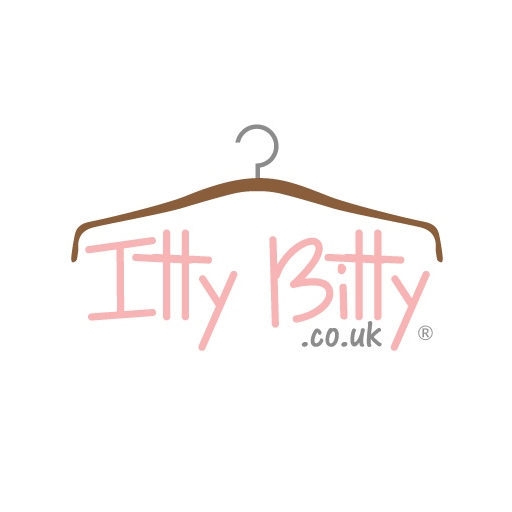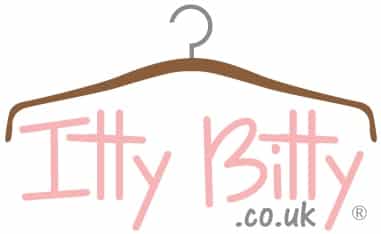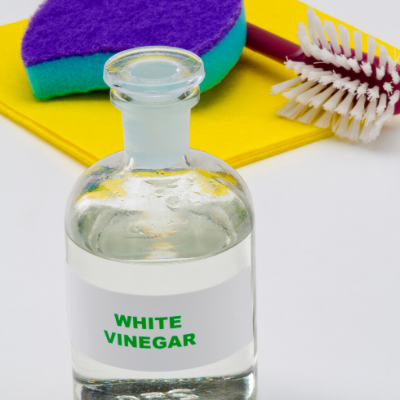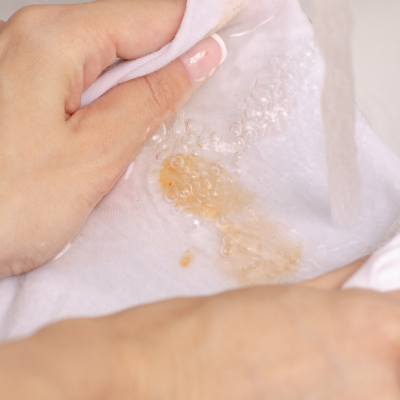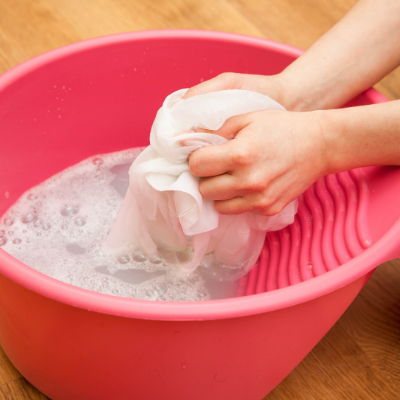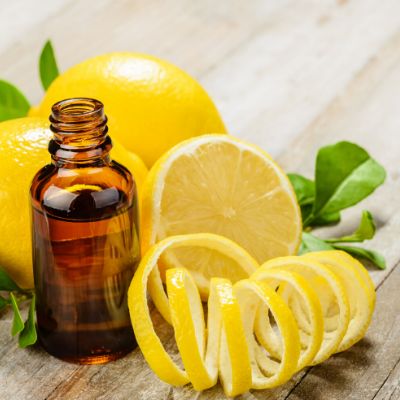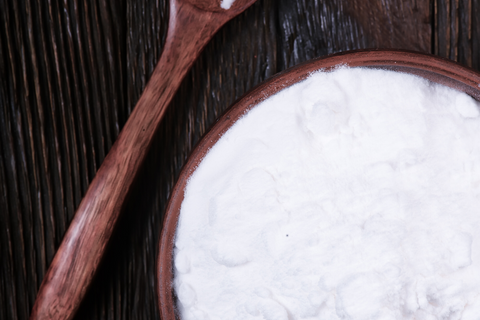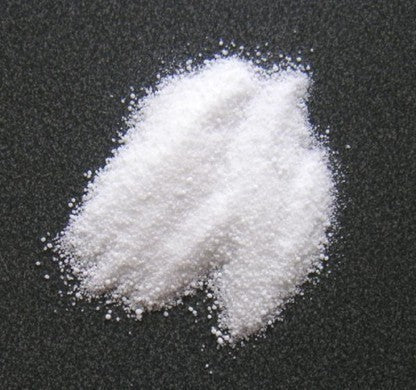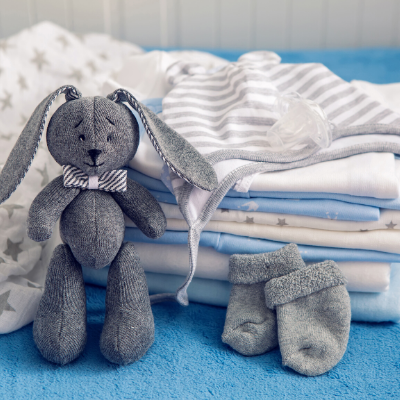How to Get Stains Out of Baby Clothes: A Comprehensive Guide for Parents wash stained baby clothes
Parenthood is a beautiful journey filled with precious moments, but it also comes with its fair share of messy mishaps. From spit-up and food stains to diaper blowouts and art adventures, keeping your baby’s clothes stain-free can feel like an uphill battle. Fortunately, with the right knowledge and techniques, you can effectively remove stains from your baby’s clothes and restore those adorable outfits to their pristine condition. In this comprehensive guide, we will explore various types of stains commonly encountered by parents, including how to get stains out of baby clothes, and provide you with expert tips on how to tackle them effectively.
Pre-Treating Stains:
Pre-treating stains is a crucial step in the stain removal process. Acting promptly is key to preventing the stain from setting in. Follow these steps for effective pre-treatment:
Blot or scrape off any excess substance using a spoon, dull knife, or tissue.
Rinse the stained area with cold water to dilute and remove as much of the stain as possible.
Apply a small amount of mild baby detergent directly to the stain and gently rub the fabric together to work the detergent into the fibres.
Let the detergent sit on the stain for a few minutes to penetrate and loosen it before proceeding to wash.
- Blot or scrape off any excess substance using a spoon, dull knife, or tissue.
- Rinse the stained area with cold water to dilute and remove as much of the stain as possible.
- Apply a small amount of mild baby detergent directly to the stain and gently rub the fabric together to work the detergent into the fibres.
- Let the detergent sit on the stain for a few minutes to penetrate and loosen it before proceeding to wash.
Dealing with Common Stains:
- Different types of stains require specific treatments. Let’s explore some of the most common stains and how to remove them effectively:
- Spit-Up and Milk Stains: Rinse the stain under cold water to remove excess milk or spit-up. Pre-treat the stain with a baby-friendly stain remover or a mixture of mild detergent and water. Gently rub the fabric together to work the solution into the stain before washing.
- Food Stains: Remove any solid residue and rinse the stain under cold water. Apply a baby-safe stain remover or a paste made from a mixture of mild detergent and water. Allow it to sit for a few minutes, then wash the garment as usual.
- Diaper Blowouts and Poop Stains: Scrape off any solid waste gently using a spoon or a dull knife. Rinse the garment under cold water to remove as much of the stain as possible. Pre-treat with a stain remover or a mixture of mild detergent and water, then wash according to the fabric’s care instructions.
- Ink Stains: Place an absorbent cloth or paper towel underneath the stained area to prevent the ink from transferring. Dab the stain gently with a cotton ball soaked in rubbing alcohol. Rinse thoroughly, then wash the garment as usual.
- Oil or Grease Stains: Sprinkle talcum powder, cornstarch, or baking soda onto the stain to absorb the oil. Let it sit for a few minutes, then gently brush it off. Pre-treat the stain with a baby-safe stain remover or a mixture of mild detergent and water before washing.
Choosing the Right Detergent:
- Selecting a gentle and effective detergent is vital for maintaining the quality of your baby’s clothes while effectively removing stains. Look for baby-specific detergents that are free from harsh chemicals, fragrances, and dyes. Follow the manufacturer’s instructions for the appropriate amount of detergent to use, based on the load size and water hardness.
- Washing Techniques: To ensure the best results when washing stained baby clothes, follow these guidelines:
- Sort clothes by color and fabric type before washing.
- Check the care labels for specific washing instructions and recommended water temperature.
- Use a gentle or delicate cycle to avoid unnecessary agitation.
- Avoid overloading the machine to allow for proper cleaning and rinsing.
- Consider using a color-safe bleach or oxygen-based stain remover for stubborn stains, following the garment’s care instructions.
Drying and Inspecting:
- After washing, inspect the clothes for any remaining stains before drying. If a stain persists, avoid placing the garment in the dryer as heat can set the stain. Instead, air-dry the item and repeat the stain removal process if necessary. Once the clothes are dry, inspect them again to ensure the stain is fully removed before storing or using them.
- Prevention Tips: Prevention is key to reducing the occurrence of stains on your baby’s clothes. Here are some preventive measures you can take:
- Use bibs or burp cloths during feeding to protect clothing from spills and stains.
- Choose clothing with stain-resistant finishes or treated fabrics.
- Be cautious with art supplies and consider using washable and non-toxic options.
- Promptly change diapers to prevent leaks and blowouts.
- Avoid overfilling bottles to prevent excessive spit-up.
HOW TO GET STAINS FROM BABY CLOTHES: BABY FOOD STAINS
Because baby food comes in all colors of the rainbow, these baby oil stains can look quite alarming, but there’s no need to panic. Just treat the stained baby clothes with this three-step method:
- Soak the garment in cold water for a few hours – or overnight, if possible.
- Rub a little Persil non-bio into the stain. Leave it for a few minutes to work its magic.
- Wash as normal, following the instructions on the care label.
That’s it! For more information on how to get out baby food stains, check out this article.
HOW TO GET BABY FORMULA STAINS OUT OF CLOTHES
These stains can be very messy and a little tough to remove if they’re left to dry, so act as fast as possible. If you aren’t able to treat the stain immediately, blot it with a damp cloth, removing as much of the excess formula as you can.
- Rinse the stain thoroughly under cool water. If possible, soak it for 15 minutes or longer.
- Pour a little Persil non-bio liquid onto the stain and gently rub it in.
- Pop the item of clothing in the wash and set to a moderate temperature – 40C ought to do the trick!
With these simple steps, you should have no problem getting baby formula stains out of your little one’s clothes.
If you need to tackle your baby’s skin or formula stains due to baby spit up or vomit, then you might need to take extra steps to disinfect the clothing too. Use our new antibacterial laundry sanitiser for a germ-fighting boost in your laundry. It kills 99.9% viruses* and bacteria and is effective at temperatures as low as 20°C. It is also dermatologically tested which means it will still be kind next to your baby’s sensitive skin. Persil’s skin care research is recognised by the British Skin Foundation.
HOW TO GET POOP STAINS OUT OF BABY CLOTHES
It’s not the most pleasant of tasks, but every parent has to deal with it at some point! Here’s how to get baby poop stains out of clothes:
- Remove as much of the poo as possible. A good way to do this is to hold the stained clothing under running water.
- Pre-treat the stain with Persil non-bio liquid. Use the Stain Eraser Ball to rub a little of the liquid detergent into the poop stain, and leave it to work for a few minutes before popping the item of clothing in the wash.
- If you are washing with detergent alone, wash at the highest temperature possible. The care label will tell you what the maximum wash temperature is. Tip: If you’re washing a cloth nappy, it’s best not to use fabric softener, as the conditioning ingredients in fabric conditioner can make the nappy less absorbent.
- Add Persil Antibacterial Laundry Sanitiser to your wash in addition to your laundry detergent to kill 99.9% viruses* and bacteria.
- Line-dry in the sun, if possible. The sun has a natural bleaching effect on those yellow stains!
HOW TO DISINFECT BABY CLOTHES: TOP TIPS
When it comes to sensitive stains such as poop and vomit or baby stains, knowing how to wash baby clothes might not be enough – you’ll want to know how to disinfect baby clothes too! To get help with these, try the following quick tips on how to sanitize and disinfect baby clothes first:
- Wash separately from other clothes. This will help prevent contamination.
- If you are using detergent alone, use a hotter temperature for your wash. Check the label of the garment to see what the maximum wash temperature is before setting your machine. Alternatively, you can try pre-soaking baby clothes in hot water before putting them through a normal wash.
- Use a laundry sanitiser. Our antibacterial laundry sanitiser offers extra protection in your laundry as it kills 99.9% viruses* and bacteria. It is also great for delicate baby clothes as it is effective at temperatures as low as 20°C. Simple add to your fabric conditioner drawer and use with your regular laundry detergent.
- Dry clothes in direct sunlight. Or use the tumble dryer if the weather isn’t behaving itself. Always dry clothes as soon as the wash cycle finishes – damp clothes are a breeding ground for bacteria!
1. WHITE VINEGAR:
It surprised me that an everyday element, hot water that you use to cook, can be used to fight stains. The easiest way to do this is to just dab some hot water and lots of white vinegar on the stained part and leave it on for some time.
After a little while, just launder the clothes normally and TA – DA the poop stain is gone! If the poop stain is caused by poop and is difficult to get rid of – soak the soiled clothing with a few tablespoons of vinegar and detergent in a bucket full of water and soak overnight before washing again.
2. WASH OR WIPE OFF STAINS AS SOON AS IT HAPPENS
If you catch the stain quickly enough, there is nothing better than washing it immediately to get rid of it.
Not only does it save you the trouble of using stain removers for your baby clothes, but it also prevents the mess from drying up and getting ingrained in the fiber of the after wash stained baby clothes too. Also, if you have stain resistant baby clothes like what we have in our store, you can simply wipe off any mess without letting it set. You don’t need to worry about the mess spoiling your adorable baby clothes!
3. USE CAUTION WITH PROTEIN STAINS
Protein stains that come from bodily fluids, breast milk or even from pets, can be easily removed if they are washed with running warm water. But the problem can get worse, if you wash the stain with cold water. The stain tends to set in the clothing fiber and it can then get harder to get rid of.
You can use Hydrogen Peroxide and some natural dish soap on the stain and set it aside for a minute before you wash it again. For the really tough stains that just won’t go, soak old stains on the clothes in 3% Hydrogen Peroxide and cold water for a while and wash again.
4. USE LEMON ESSENTIAL OIL AND VINEGAR
Essential oils are not only used for their medicinal purposes, but also to remove stains. I know it is amazing. But this is something I read recently and tried out. It worked and I absolutely loved the smell of it too.
You could use the lemon essential oil directly on the stain and then wash it off; taking care not to let the oil stay on the clothes too long or else it may cause discoloration. The other option is to add 8 drops of lemon essential oil and a cup of vinegar in a bucket full of cold water and soak the bucket for a while. Then rinse it to remove the stains. This tip works beautifully on “tough to get rid of” stains.
5. BAKING SODA
Baking soda is a wonder powder that serves so many purposes and one of them is its ability to fight and remove stains from everything. I tried mixing baking soda with a few drops of vinegar to make a paste and applied it to the stained spots on the baby clothes.
Voila, the old stains very easily went after I washed, let it sit for sometime and then washed. This is a magic mix when you don’t have a very stubborn stain and don’t want any chemicals in the mix.
6. GOOD OLD FRIEND…THE SUN
The best, free and abundant stain-remover is the sunlight, our friend sun. An hour or two in the sun can be surprisingly good for not only killing germs, but also to make the stains less noticeable. But please do remember, that just sunning your stained baby clothes is not an alternative for washing them.
Washing does help with removing stubborn stains like poop and protein stains. If you use cloth diapers, sunning helps with getting rid of lingering yellow stains on diapers; after washing. Sun has the amazing property of removing milk stains which could have been caused by breast milk/ formula. This kind of stain can turn yellow when it stays on the clothes for some time. Sun can help reduce these yellow stains.
7. BORAX POWDER
Borax is a powerful stain remover. It occurs naturally and is composed of sodium, boron, oxygen and water. Borax doesn’t have any toxic component and is safe. However, just a word of caution while using Borax … .make sure to wash the clothes well after using it, as it may cause irritation to the skin of some babies.
This ingredient is readily available in all homemade laundry detergents and is very powerful when it comes to removing the stains from baby clothes. It softens hard water and helps control odor. It is especially useful removing stains from cloth diapers which have stubborn poop stains.
MANAGING BABY LAUNDRY
We know as new moms, removing those stains take a lot of hard work! Laundry, with small kids at home, takes a lot of time and energy. Especially when babies are spitting up, self-feeding and making messes learning new tricks and skills. Hence, learning to manage ‘baby-laundry’ is essential.
Babies go through many outfit changes every day. You could either buy many outfits and change your baby multiple times a day, or you could buy few clothes and wash them many times a day. Either way is expensive. More clothes cost more money and more laundry costs more money too. Right? Every penny counts when you are a new parent and are trying to optimize your “post-baby” budget!
Conclusion:
Stains on baby clothes are inevitable, but with the right techniques, you can effectively remove stains from them and extend the lifespan of those adorable outfits. Remember to act quickly, pre-treat stains, choose the right detergent, follow proper washing techniques, and inspect garments before drying. By implementing these strategies, you’ll be equipped to tackle even the toughest stains and keep your baby’s clothes looking fresh, clean, and ready for every new adventure.
